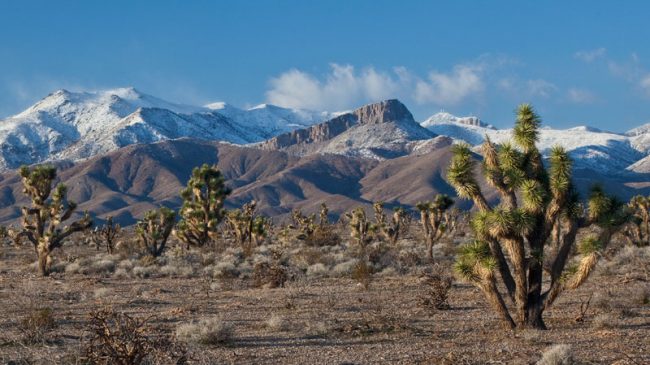How much land does your state or local government own?
It seems like a basic question that would have a simple answer, but many states and counties do not have the kind of basic property and asset data that a well-run business or responsible family relies on to manage its finances. Only 16 of the states have well-functioning systems for tracking what they own. And while 17 others states are developing some type of inventory system, another 17 states (plus Washington D.C.) are sorely lacking in this area.
Very basic steps like using geographic information system (GIS) imaging to map all state property or requiring all state agencies to use uniform methods when reporting the status of their real property have not been pursued by most governments. These kinds of initiatives would greatly aid establishing a real property inventory that could assist government officials in saving money, cutting waste, managing facility operations better, meeting compliance standards and being better stewards of public property.
With millions of acres and thousands of assets in government portfolios, officials should take steps to identify what they own, determine whether government or private ownership is most effective for that asset, and streamline the efficient transfer of all unneeded real property.

